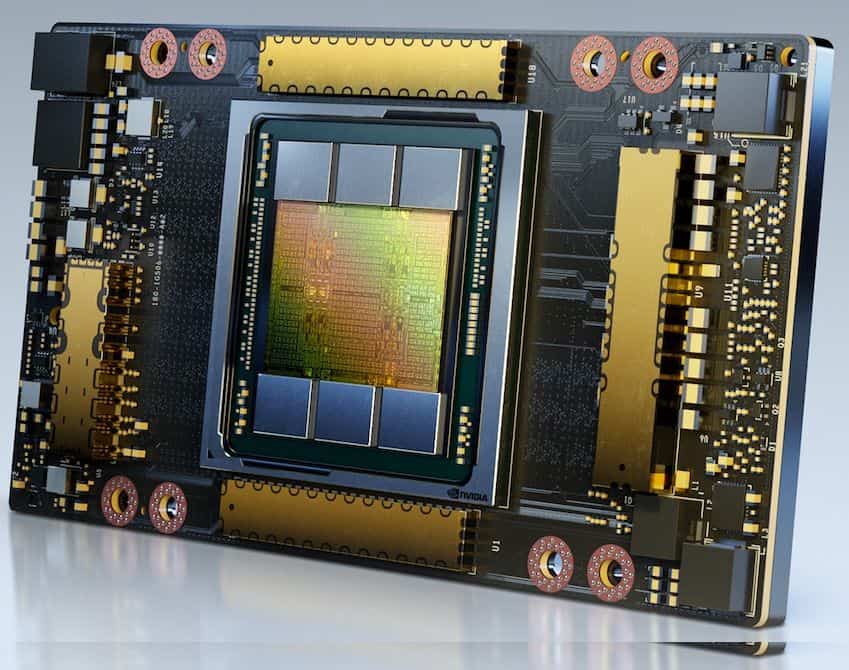In the world of computer science, especially in the field of video games and intensive graphic applications, graphic memory is a crucial component that directly affects the performance and visual quality of the user experience. But what exactly is graphic memory? What functions does it perform and how much is really necessary for your specific needs? This article seeks to answer these questions and provide a clear insight into this important component.
What is Graphic Memory?
Graphic memory, also known as VRAM (Video Random Access Memory), is a type of RAM specifically designed to store and handle graphics-related data. This memory is found in graphics cards (GPU) and is used to store textures, bitmaps, shaders, and other graphic elements that are displayed on the screen.
What Does Graphic Memory Do?
The main function of VRAM is to allow the graphics card to quickly access the graphic data necessary to render images and videos in real time. Below are some of the specific tasks that graphic memory performs:
1. Storage of Textures and Bitmaps: VRAM stores textures and bitmaps, which are images used to add detail and realism to 3D models. The higher the resolution of these textures, the more graphic memory will be needed.
2. Image Rendering: Graphic memory helps the GPU process and render images at high speeds. This is especially important in video games and graphic design applications, where complex graphics need to be processed in real time.
3. Storage of Frames and Image Buffers: VRAM is used to store image buffers, which are basically copies of the images being rendered. This allows the GPU to manipulate and display images efficiently without constantly accessing the system’s main memory.
4. Support for High Resolutions and Multiple Monitors: The higher the resolution at which you want to play or work, the more graphic memory you will need. This is even more critical when using multiple monitors, as each additional screen increases the load on the GPU and VRAM.
How Much Graphic Memory Do You Need?
The amount of VRAM needed largely depends on how you plan to use your computer. Here is a general guide:
1. Basic and Multimedia Use: For basic tasks like web browsing, HD video playback, and office applications, a GPU with 2GB to 4GB of VRAM is more than enough.
2. Mid-Level Gaming and Moderate Graphic Design: If you plan to play video games at 1080p resolutions with medium to high graphics settings, or if you work with moderate graphic design applications, 4GB to 6GB of VRAM is adequate.
3. High-Performance Gaming and Advanced Graphic Design: For games at 1440p or 4K resolutions with high or ultra graphics settings, or for advanced graphic design and video editing applications, you will need between 6GB and 8GB of VRAM.
4. Professional and Workstation Use: For professional work on workstations involving complex 3D modeling, simulations, and 4K or higher video editing, it is recommended to have at least 8GB of VRAM, although 10GB or more may be necessary depending on the intensity of the tasks.
In summary
Graphic memory is a vital component for the performance of graphics cards, especially in tasks that require high graphic processing capabilities. Understanding how much memory you need will depend on your specific needs and the type of applications you use. When evaluating a graphics card, it is essential to consider not only the amount of VRAM, but also other factors such as GPU speed and the overall architecture of the card to ensure you get the best performance possible for your needs.

